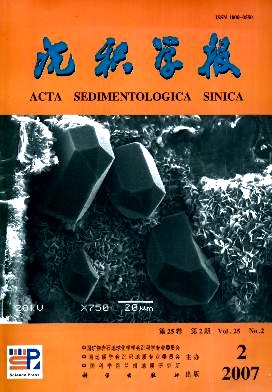Characteristics of Caledonian Karstification Reservoir in Tahe Oilfield and Its Distribution
- Received Date: 1900-01-01
- Rev Recd Date: 1900-01-01
- Publish Date: 2007-04-10
-
Key words:
- Tahe oilfield /
- karst reservoir /
- unconformity surface /
- Caledonian karst /
- controlling factor
Abstract: As a result of karstification in early Hercynian and Caledonian, karst reservoirs are the main kind of Ordovician carbonate reservoirs in Tahe oilfield. Karst reservoirs in Hercynian develop mostly in the area where Carboniferous strata directly overlay the midlower Ordovician, and the karst reservoirs in the area covered by upper Ordovician were formed in Caledonian. The Ordovician strata had experienced uplift and erosion, which is proven by bottom onlap and top erosion truncation of the Ordovician reflected wave group in seismic section, lack of conodont fossil belt and sequence stratigraphic correlation in Silurian. So, there were geologic conditions for Caledonian karst formation in Tahe oilfield. In addition, the existence of karst cave has been proven by Sr isotope characteristics. In area covered by upper Ordovician, karst reservoirs mainly develop in the depth less than 300 m under Caledonian unconformity surface. In these karst reservoirs, the height of karst caves is between 0 and 30 m, maximum of 75 m, which shows that the karst caves were distinctly formed by midCaledonian karstification. Based on the domination of Caledonian faults on the development of Caledonian karst reservoirs, this paper predicts the development area of Caledonian karst reservoirs.
| Citation: | ZHANG Dajing. Characteristics of Caledonian Karstification Reservoir in Tahe Oilfield and Its Distribution[J]. Acta Sedimentologica Sinica, 2007, 25(2): 214-223. |






 DownLoad:
DownLoad: